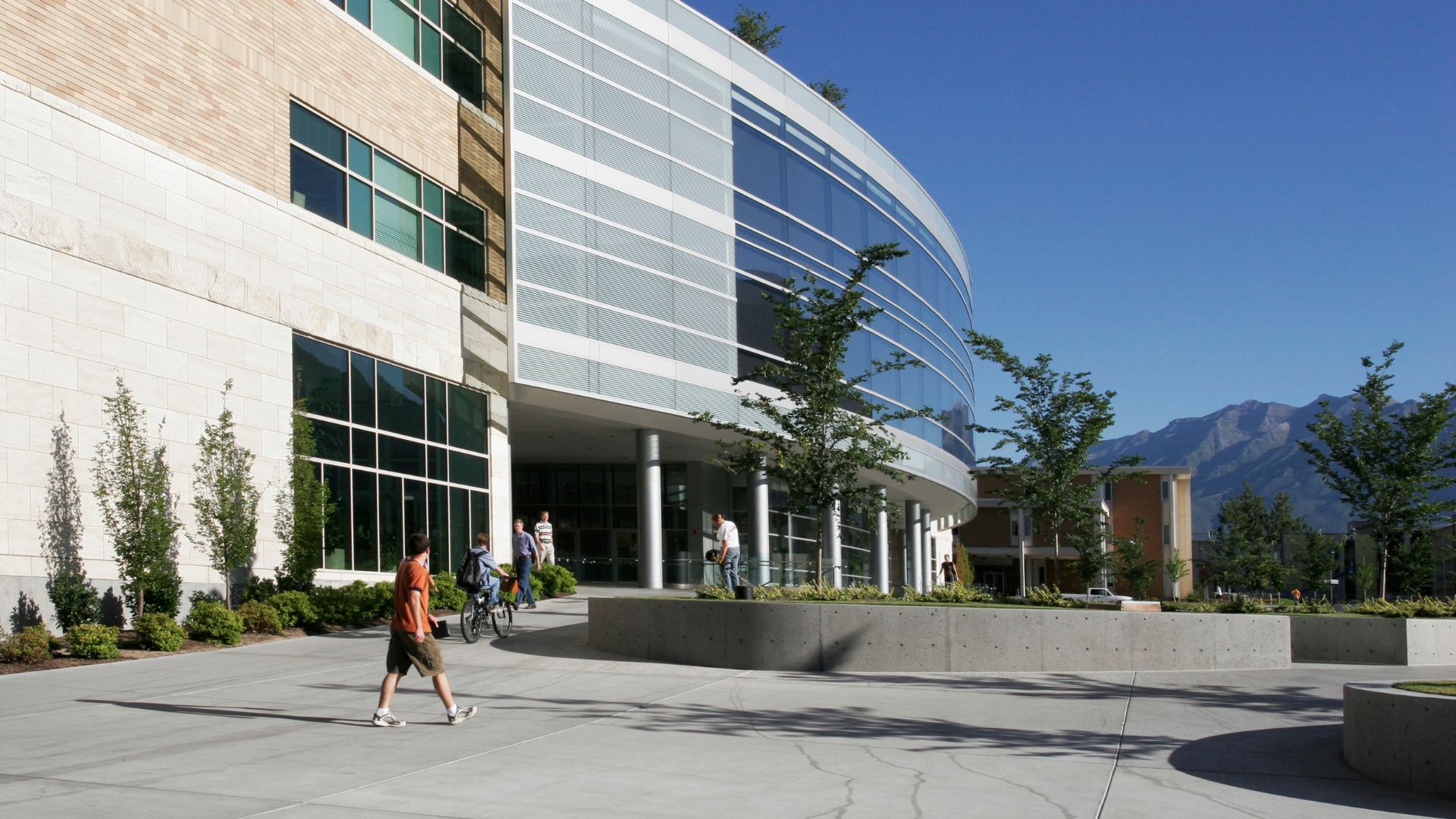





At the end of September, we had the opportunity to talk to Franck Le Roy, deputy head of the Property and Logistics Department for the Brittany region. He talks to us about his region’s energy performance objectives and his experience with Oxand.
My team and I manage three types of site: secondary school buildings, tertiary sector buildings and technical buildings used by the Brittany Ports and Canals Authority. We are currently in the process of rolling out Oxand Simeo™ to secondary schools and tertiary sector buildings, but our ultimate aim is to integrate our entire perimeter. Today, we have 162 sites integrated into the software, representing almost 1,700 buildings, with secondary schools accounting for 90% of the surface area.
To manage our assets, we have a team dedicated to technical and administrative tasks (investment and work monitoring) and a maintenance team. On the management side, we work on both strategic issues relating to the management of our assets and functional issues (replacement of equipment, opening of new training courses, etc.).
Like all regions, we are subject to the tertiary sector decree, with deadlines in 2030, 2040 and 2050. However, our elected representatives are going further and setting us more ambitious targets. We therefore have more ambitious targets, particularly in terms of the percentage of energy performance improvements and the use of bio-sourced materials.
Energy performance targets are discussed with elected representatives and our management department. They are set for both refurbishment projects and new builds. To achieve them, we have to present a property master plan with our action plan for achieving the targets set. This is an area where we have a lot of discussions with elected representatives to define the main principles of our actions over the next few years.
When we work on our master plan, we have objectives for the renovation of our assets, but we come up against a lack of information about the current state of our secondary schools and tertiary buildings. We don’t always have a very detailed knowledge of the buildings, their history or their current condition. To establish our property strategy and achieve our objectives, we need to know where we are starting from.
We manage a number of boarding schools, which are priorities for energy renovation because it is essential that students are housed in good conditions. In order to improve the energy performance of our boarding schools, we need to assess their condition using figures, and then estimate and plan the budget needed to renovate the buildings and accommodate the students in good thermal conditions.
Oxand allows us to centralise data and visualise it thanks to Oxand Simeo™. The software facilitates the link between the sites and management: the site referents fill in the software and management can access information from all the sites, being able to go into more or less detail. When we draw up our master plan, we will now be able to have a ‘zero point’ so that we know exactly what we are setting our objectives against, but we will also be able to monitor changes in these assets over time. In addition, thanks to the tool, we are able to simulate investment trajectories for works and reductions in energy consumption according to different scenarios.
We have completed the pre-deployment, which went very well, and the tool met our expectations by ticking all the boxes for finalising the property master plan. What’s more, Oxand Simeo™ is a highly educational tool that will also make it easier for us to communicate with elected representatives: the software’s highly informative graphics make it easier to communicate. Finally, the tool also allows us to consolidate data to establish our long-term budget programming.
We were apprehensive about the data collection phase with a portfolio of over two million square metres. During the pre-deployment phase, we were pleasantly surprised to find that a large proportion of the data was collected from the teams. With the help of Oxand’s consultants, we were able to gather information from those in the know by means of questionnaires and interviews, and then integrate the data collected into the software. We are going to use the same efficient method for the roll-out.
With Oxand’s consultancy teams, we are now working on deploying the software across all our secondary schools and tertiary buildings, after a convincing pre-deployment on a perimeter of 20 buildings. Eventually, we’d like to integrate our entire estate, adding our technical buildings at the Ports and Canals and our canal lock houses.